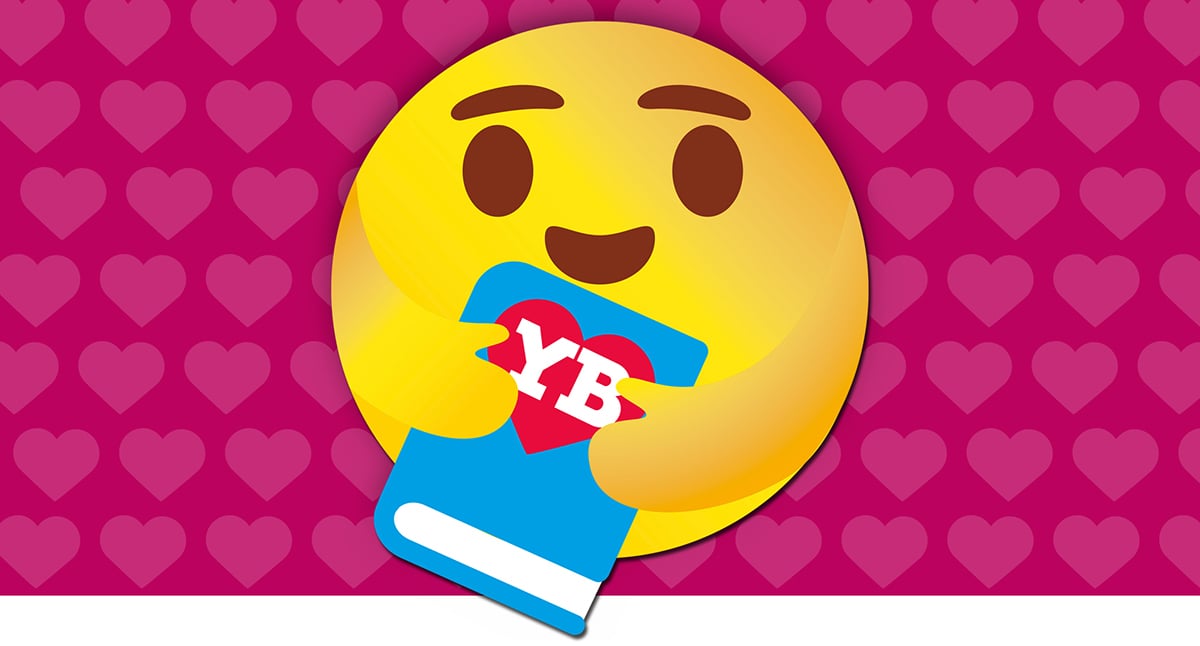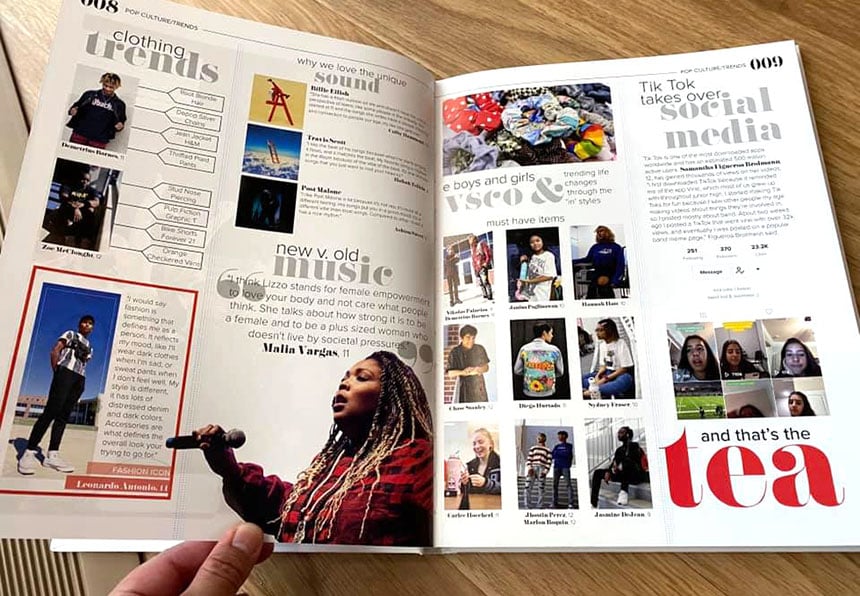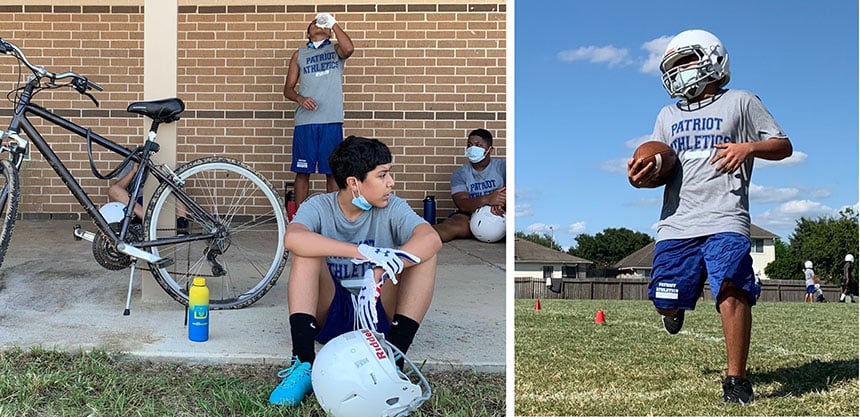 We’ve already lost so much. Let’s not lose the yearbook too.
We’ve already lost so much. Let’s not lose the yearbook too.
As staffs across the country grapple with virtual learning, reduced events and unusual sports seasons, they are also wondering how to do a yearbook. If you’ve debated cutting pages or not having a book this year, we hope you’ll reconsider.
It's tradition
The yearbook is a beloved tradition in schools, capturing the moments that made the year special. Distribution days are an event in themselves, a day anticipated all year by yearbook staffs. But it’s also looked forward to by buyers, who finally get to pick up their books and see the culmination of the year. Students love flipping through the pages, reminiscing over what happened and recalling forgotten moments through photos and stories.
Whether it’s elementary, middle school or high school, the yearbook is part of the school experience. And it’s a tradition that enriches that school experience. Students have lost so much the past few months. Let’s not let them lose the yearbook too.
 There’s something magical about opening a yearbook for the first time and seeing all the photos and stories. Photo by Sara Gonzales/Paetow High School
There’s something magical about opening a yearbook for the first time and seeing all the photos and stories. Photo by Sara Gonzales/Paetow High School
It's history
One of the primary functions of a yearbook is to serve as a history book. For more than a century, yearbooks have remained the only historical document of the people and events from each given school year. If you don’t capture the story of the year, how will it be remembered?
And what a story it is to tell. Masks and hand sanitizer. One-way hallways and grocery store aisles. Hybrid learning and virtual classes. Socially distant gatherings and games. Innovative ways to connect and keep busy. This year, more than ever, yearbooks are essential to telling the story. Decades from now, people will look at yearbooks from 2020-21 with awe and amazement at what schools and their students endured and thrived in.
It's an opportunity
A yearbook is so much more than a book. It’s a picture book, capturing the action and reaction of the year through photographs. It’s a history book, chronicling significant moments, events and competitions. It’s a reference book, providing a record of students, scores, notable accomplishments and historical changes. And it’s a memory book, recreating the experience of attending your school in words and pictures.
But this year, it’s even more than that. It’s an opportunity to revolutionize your book. With everything so different, the yearbook will need to be different too. And that is a precious opportunity. It’s a chance to tell the story in a different way.
You don’t have to follow the traditional model of yearbook organization and design. You can go chronological, telling the story as it happens. Take a page from the professionals and utilize more white space, less photos and more quick reads for a magazine look. You could feature more anytime pages, with showstopper designs to wow the audience.
The content will look different too. Pep rally and Homecoming spreads may go by the wayside. Virtual spirit days and masks spreads will make their debut. Similarly, academics and sports will look different, because well, they are different this year. How do science classes run experiments in a virtual setting? How do art classes get students supplies? On the field, what happens when competitions are postponed or canceled? For once, the focus won’t be just on the game. We’ll have to look deeper and that will make our yearbooks all the richer.
 It’s not just about the game. Covering all aspects of the sport, like practices and breaks, will provide a new perspective. Photos by Erika Yarger/Thornton Middle School
It’s not just about the game. Covering all aspects of the sport, like practices and breaks, will provide a new perspective. Photos by Erika Yarger/Thornton Middle School
And like magazines, you can focus more on the storytelling aspect. Too often the writing side of yearbook is neglected. Think quick reads with Q&As and quotes, but also first-person anecdotes and long-version formats for more in-depth story telling. We are here to tell a story. And there is no story like this year.
In a year of uncertainty, one thing should be certain: There will be a yearbook.

